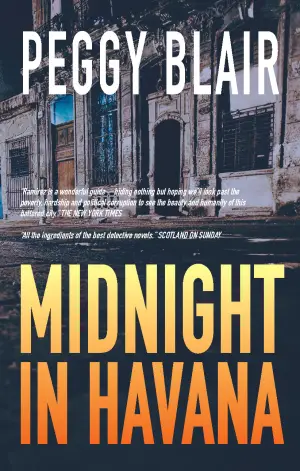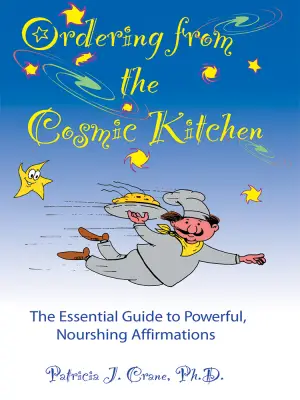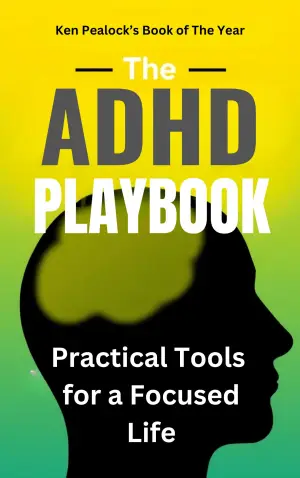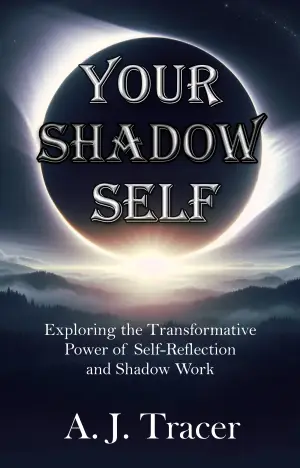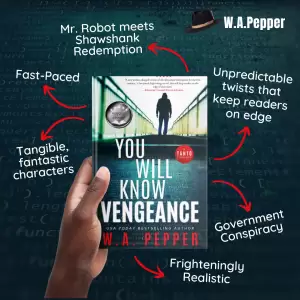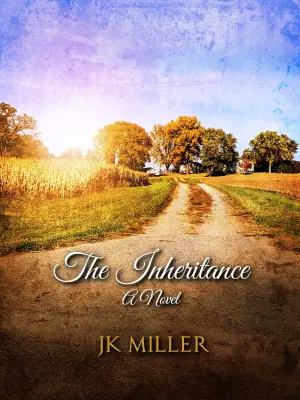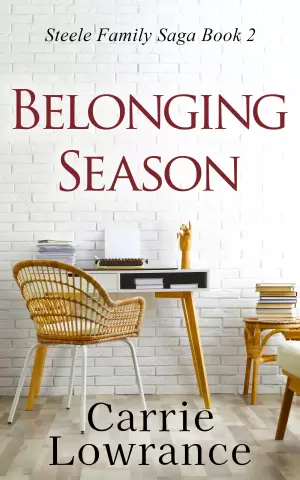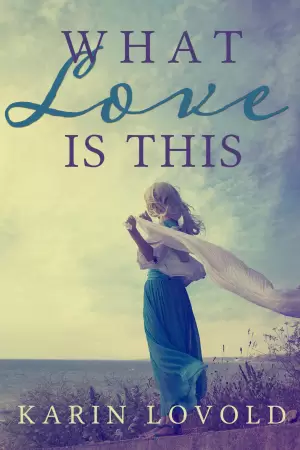Murdle: Volume 1 — A Whodunit Delight for the Armchair Sleuth
When I first stumbled upon Murdle: Volume 1 by G.T. Karber, I was immediately drawn in by the quirky premise of a murder mystery puzzle book. As an avid lover of both books and puzzles, the combination felt like a match made in literary heaven. The playful title and the promise of 100 original logic puzzles set my mind racing with excitement. Who knew that I’d soon be diving into a world where deduction skills were not just welcome, but downright essential?
Set against the backdrop of cleverly devised murder scenarios, Murdle offers readers the chance to become their own detective. Each chapter unfolds like a mini-episode of a beloved mystery series—complete with colorful characters and a variety of deadpan scenarios. From the outset, I couldn’t help but chuckle at the amusing character names and situations Karber presents. As I navigated the twists and turns of each puzzle, I was not only solving crimes but immersing myself in a delightful narrative woven throughout the puzzles. It reminded me of classic whodunnit stories but with a refreshing, modern twist.
One of the standout elements for me was the balance between challenge and enjoyment. As I started each puzzle, I could feel the gears in my brain whirring to life. The clues, while cleverly laid out, required a keen sense of observation and a splash of imagination to unravel. I particularly enjoyed how the difficulty escalated incrementally; it kept me on my toes without feeling overwhelmed. Notable moments like uncovering a suspect’s hidden motive felt incredibly rewarding, as if I were cracking a case alongside the fictional Deductive Logico.
Karber’s writing is approachable yet engaging. The pacing allows for easy digestion of each puzzle, while the amusing illustrations add a visual playfulness to the reading experience. There’s something deeply satisfying about physically filling in logic grids; I found myself flipping pages, pencil in hand, searching for that elusive “aha!” moment. The humorous tones serve as a delightful foil to the often dark themes of murder, making it an appealing read for all ages.
What struck me most, however, was the intention behind the puzzles. These aren’t just logic exercises; they’re a celebration of the human mind’s capacity for deduction and creativity. Each solution leads to an overarching secret that made me eager to get to the end—a wonderful narrative thread that kept me engaged from start to finish.
For anyone who delights in a good mystery, enjoys logic puzzles, or simply seeks a fun and interactive way to pass the time, Murdle: Volume 1 is a must-have addition to your bookshelf. Whether you’re an experienced puzzle solver or just starting on your mystery journey, this book offers something for everyone. Personally, it has reignited my love for problem-solving and reminded me how joyfully immersive reading can be—like an escape room in book form.
In conclusion, Murdle has not only captured my attention but has also reaffirmed the joy of engaging with narratives through puzzles. If you’re looking for a way to spice up game night or a relaxing evening with tea in hand, this book is perfect for diving deep into the world of clues and conjectures. I can’t recommend it highly enough—happy sleuthing!

